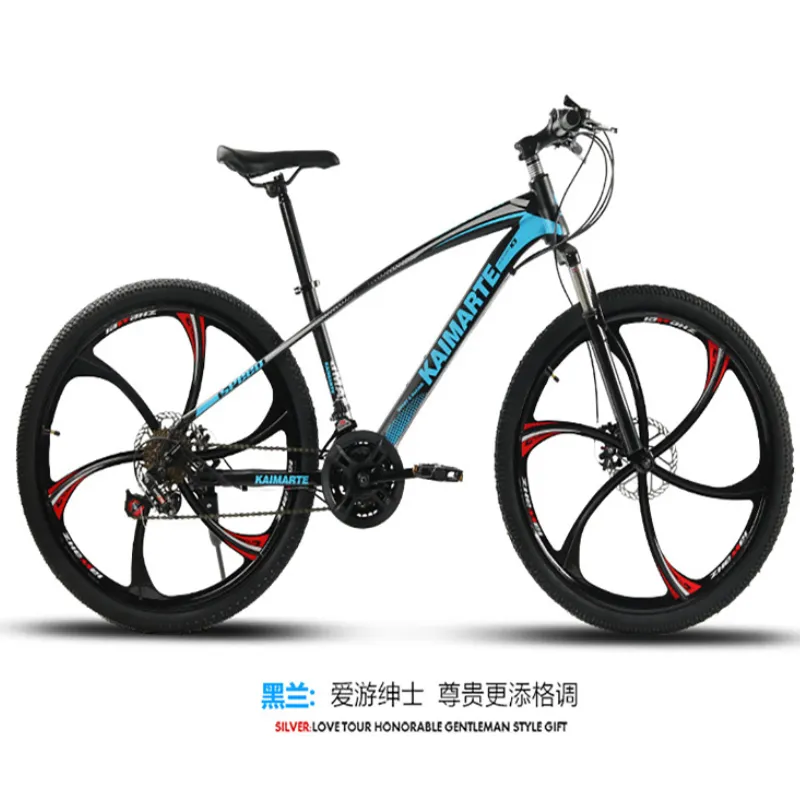
- Afrikaans
- Albanian
- Amharic
- Arabic
- Armenian
- Azerbaijani
- Basque
- Belarusian
- Bengali
- Bosnian
- Bulgarian
- Catalan
- Cebuano
- Corsican
- Croatian
- Czech
- Danish
- Dutch
- English
- Esperanto
- Estonian
- Finnish
- French
- Frisian
- Galician
- Georgian
- German
- Greek
- Gujarati
- Haitian Creole
- hausa
- hawaiian
- Hebrew
- Hindi
- Miao
- Hungarian
- Icelandic
- igbo
- Indonesian
- irish
- Italian
- Japanese
- Javanese
- Kannada
- kazakh
- Khmer
- Rwandese
- Korean
- Kurdish
- Kyrgyz
- Lao
- Latin
- Latvian
- Lithuanian
- Luxembourgish
- Macedonian
- Malgashi
- Malay
- Malayalam
- Maltese
- Maori
- Marathi
- Mongolian
- Myanmar
- Nepali
- Norwegian
- Norwegian
- Occitan
- Pashto
- Persian
- Polish
- Portuguese
- Punjabi
- Romanian
- Russian
- Samoan
- Scottish Gaelic
- Serbian
- Sesotho
- Shona
- Sindhi
- Sinhala
- Slovak
- Slovenian
- Somali
- Spanish
- Sundanese
- Swahili
- Swedish
- Tagalog
- Tajik
- Tamil
- Tatar
- Telugu
- Thai
- Turkish
- Turkmen
- Ukrainian
- Urdu
- Uighur
- Uzbek
- Vietnamese
- Welsh
- Bantu
- Yiddish
- Yoruba
- Zulu
Dec . 30, 2024 10:08 Back to list
Wireless Mountain Bike Shifter for Enhanced Riding Performance and Convenience
The Evolution of Wireless Mountain Bike Shifters
In the world of mountain biking, precision and reliability are paramount. Riding on rugged terrains with steep inclines and challenging obstacles demands a well-functioning gear system that allows riders to shift smoothly and efficiently. Traditionally, mountain bike shifters relied on mechanical cables to facilitate gear changes. However, technological advancements have led to the emergence of wireless mountain bike shifters, transforming the way riders interact with their bikes.
The introduction of wireless communication technology into mountain biking has opened a realm of possibilities. Wireless mountain bike shifters eliminate the clutter of cables, reducing maintenance and improving the overall aesthetics of the bike. With fewer components in play, the risk of mechanical failure also diminishes, allowing riders to focus on their performance rather than their gear system. This shift towards a more streamlined setup has been embraced by both casual cyclists and competitive riders alike.
One of the leading brands in the wireless shifter market is SRAM, which introduced its AXS technology. This system utilizes a robust wireless connection to allow riders to shift gears with the push of a button, resulting in faster and more responsive gear changes. The AXS system is designed for adaptability, allowing users to customize their gear ratios and configure their controls via a smartphone app. This level of personalization is particularly appealing in mountain biking, where terrain conditions can vary dramatically from ride to ride.
Shimano, another major player in the cycling industry, has also entered the market with its wireless XTR system. Known for its precision engineering, Shimano has ensured that its wireless shifters maintain the same reliability and efficiency that riders have come to expect from their products. Similar to SRAM's offering, Shimano's XTR shifters can withstand the harsh conditions of off-road riding, with weatherproof components that resist mud and water ingress.
wireless mountain bike shifter

The benefits of wireless mountain bike shifters extend beyond mere aesthetics and ease of use. One significant advantage is their weight savings. Traditional cable-driven systems often require additional components such as housing and tension adjusters, which can add unnecessary weight to the bike. In contrast, wireless systems are generally lighter, contributing to an overall improved ride quality and performance, particularly during uphill climbs where every gram matters.
Moreover, wireless mountain bike shifters offer unparalleled convenience during maintenance. Riders no longer need to worry about frayed cables or adjusting tension over time. Instead, battery life can be monitored easily, and replacement is straightforward. Many modern wireless systems alert users when the battery is running low, providing ample time to recharge or replace the battery before it impacts performance. This feature is particularly advantageous for those who enjoy long-distance rides or multi-day adventures.
However, as with any technological advancement, there are considerations to keep in mind when transitioning to wireless mountain bike shifters. One concern expressed by some riders is the reliance on batteries. While most wireless systems boast impressive battery life, it is crucial for users to stay vigilant regarding battery maintenance. Additionally, the initial cost of transitioning to a wireless system can be relatively high compared to traditional setups, which might deter budget-conscious cyclists.
Despite these challenges, the growing popularity of wireless mountain bike shifters signifies a shift in the cycling landscape. As the technology continues to evolve, riders can expect even greater improvements in performance and functionality. The alluring notion of a simpler, cleaner, and more efficient gear system is driving innovation and competition among manufacturers, ultimately benefiting the consumer.
In conclusion, the development of wireless mountain bike shifters represents a significant evolution in mountain biking technology. By eliminating the drawbacks of traditional mechanical systems, wireless shifters offer riders a more reliable, efficient, and customizable experience. As this technology continues to advance and become more accessible, it is poised to redefine the standards of mountain biking performance, making it an exciting time for both enthusiasts and professionals alike. Whether you're tackling steep descents or navigating technical trails, a wireless mountain bike shifter might just be the upgrade your bike has been waiting for.
-
The Ultimate Kids' Four-Wheeler Experience
NewsJul.09,2025
-
The Ultimate Guide to Mountain Bikes: Gear Up for Your Ride
NewsJul.09,2025
-
The New Age of Cycling: Electric Bikes for Every Rider
NewsJul.09,2025
-
The Best Kids Bicycles: Ride in Style and Safety
NewsJul.09,2025
-
The Best 3-Wheel Scooters for Kids: Fun, Safety, and Adventure
NewsJul.09,2025
-
Revolutionize Your Ride: Affordable Electric Bikes
NewsJul.09,2025
-
Finding the Perfect Mountain Bike for Every Rider
NewsJul.09,2025



